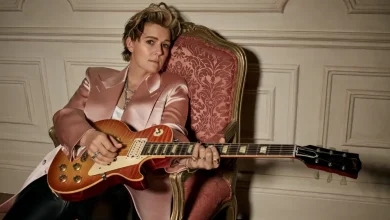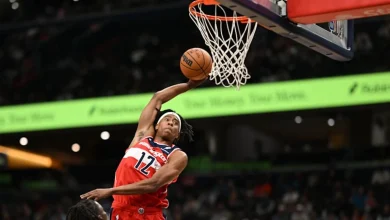Rob Zombie’s HALLOWEEN saga is a Lynchian masterpiece

In 2013, rockabilly director Rob Zombie spoke with Biff Bam Pop about the influence David Lynch has had over him as an artist, particularly during the making of his stylistically audacious and critically panned trauma-epic Halloween II (2009). In the interview, Zombie said “It’s a little stagey and weird on purpose; awkward. I wanted to do something I don’t usually do. That way, as each reel unfolds, you’re like, is the movie surreal or am I just thinking it feels surreal? It does feel like a David Lynch thing. You watch his movies and it’s like, nothing weird is happening, why does it feel weird? Why are these two guys talking in a diner? Nothing weird is going on. I kind of wanted that to set in, where you’re watching a totally normal scene but it just gets more and more surreal until you watch and think, is this in her head? What’s happening? Is she on drugs? She’s not on drugs? And I like that feeling of not quite knowing.”
That cinematic language of Americana uncanniness and familiar discomfort created by Lynch looms heavy over Zombie’s portraits of patriotic rot, but nowhere is the rot so visceral as in his reimaginings of the iconic Halloween movies. What made Halloween (1978) so iconic was its departure from predecessors like The Texas Chainsaw Massacre (1974) or Psycho (1960) where evil had to be stumbled upon. With Halloween ‘78, there was no dirt road in the middle of nowhere lurking with America’s hidden monsters. Instead, the monsters seeped out from within the most innocent of places: a blonde-haired, blue-eyed child of the suburbs. Michael Myers is not an invader from the outside, even the tagline emphasizes he’s a Haddonfield native coming home. In Halloween ‘78, Myers is a manifestation of a post-Manson, Vietnam-era America. One we thought had finally woken up to the possibility that nightmares don’t invade, they arise from within.
Almost 30 years later, not much had changed except the names. Vietnam became Iraq and Afghanistan. Charles Manson became Eric Harris and Dylan Klebold. And once again, Halloween was threatening to change the game of horror. Headed by Zombie, fresh off the success of House of 1000 Corpses (2003) and The Devil’s Rejects (2005), Halloween (2007) spoiled a decade mired in creature features by reminding its audience that a blonde-haired, blue-eyed suburban white boy is a much more likely harbinger of death than anything foreign. However, despite an impressive box-office, critics loathed every reminder that the horror of Halloween is human. Zombie filled his remake with prescient reminders of the world outside the theater walls (a Haddonfield with a class divide, killer kids blaming bullies for their bloodlust, misogyny as an everyday violence), only to find that no one wanted to see the horror in the world around them.





